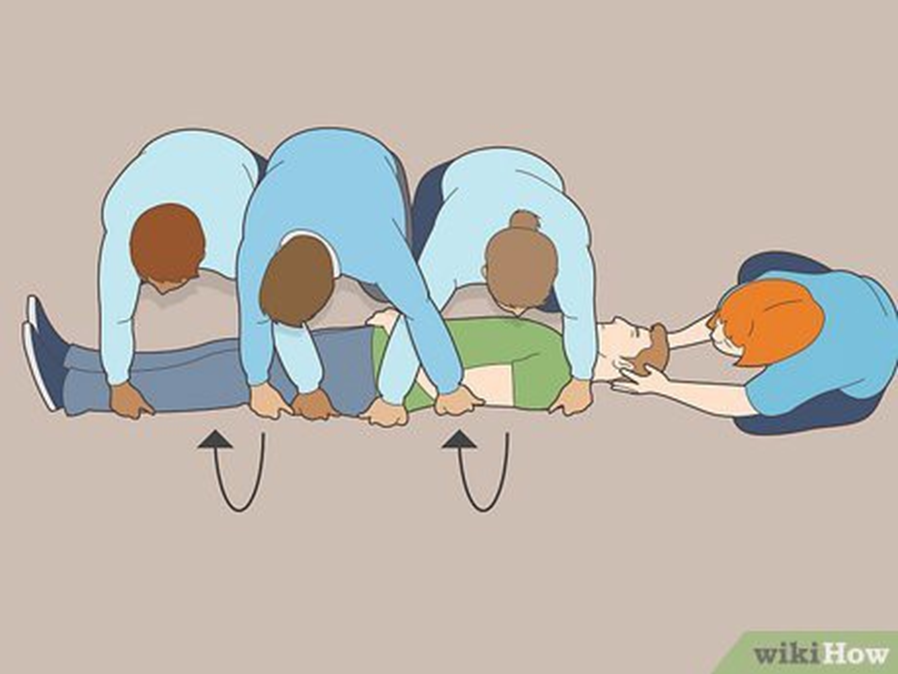During a routine clinic visit, a nurse finds that a 5-year-old girl’s systolic blood pressure is above the 90th percentile. What should be the nurse’s subsequent action?
Refer the child to the healthcare provider and schedule a blood pressure evaluation in two weeks.
Perform a comprehensive assessment and avoid repeated blood pressure measurements during the examination.
Take the child’s blood pressure three times during the visit and record the highest reading.
Measure the blood pressure twice more during the visit and calculate the average of the three readings.
The Correct Answer is D
The correct answer is choice d. Measure the blood pressure twice more during the visit and calculate the average of the three readings.
Choice A rationale:
Referring the child to the healthcare provider and scheduling a blood pressure evaluation in two weeks is not the immediate next step. It is important to confirm the elevated blood pressure reading during the same visit before making any referrals.
Choice B rationale:
Performing a comprehensive assessment and avoiding repeated blood pressure measurements is not appropriate. Repeated measurements are necessary to confirm the initial finding of elevated blood pressure.
Choice C rationale:
Taking the child’s blood pressure three times and recording the highest reading is not the best practice. The highest reading might not be representative of the child’s true blood pressure.
Choice D rationale:
Measuring the blood pressure twice more during the visit and calculating the average of the three readings is the correct approach. This method helps to ensure that the blood pressure reading is accurate and not influenced by temporary factors such as anxiety or movement.
Nursing Test Bank
Naxlex Comprehensive Predictor Exams
Related Questions
Correct Answer is D
Explanation
Choice A rationale
Flexing the knees is not the recommended technique when moving a client who is recovering from surgical spinal instrumentation for scoliosis. While it may provide some comfort, it does not provide the necessary support to the spine that is needed during movement.
Choice B rationale
Raising the hips is not the recommended technique when moving a client who is recovering from surgical spinal instrumentation for scoliosis. This action could potentially cause strain or damage to the surgical site.
Choice C rationale
Crossing the arms and legs is not the recommended technique when moving a client who is recovering from surgical spinal instrumentation for scoliosis. This action does not provide the necessary support to the spine during movement.
Choice D rationale
Performing a log roll is the recommended technique when moving a client who is recovering from surgical spinal instrumentation for scoliosis. This technique involves the patient keeping their body in alignment while turning onto their side. It helps to maintain the integrity of the spinal fusion and prevent injury to the surgical site.

Correct Answer is A
Explanation
Choice A rationale
It’s important to educate the adolescent about the risks and benefits associated with oral contraceptives. This includes potential side effects, effectiveness in preventing pregnancy, and the need for continued use of condoms to prevent sexually transmitted infections.
Choice B rationale
While it’s important to inform the client about how to obtain contraceptives, providing a variety of free oral contraceptives from the clinic may not be feasible or appropriate depending on the specific circumstances and regulations.
Choice C rationale
Encouraging the client to discuss her contraceptive needs with her parents could be beneficial, but it’s also important to respect her autonomy and confidentiality. In many places, adolescents have the right to access contraceptive services without parental consent.
Choice D rationale
The requirement for parental consent to receive contraceptives varies by location. In many places, adolescents can access contraceptive services without parental consent.
Whether you are a student looking to ace your exams or a practicing nurse seeking to enhance your expertise , our nursing education contents will empower you with the confidence and competence to make a difference in the lives of patients and become a respected leader in the healthcare field.
Visit Naxlex, invest in your future and unlock endless possibilities with our unparalleled nursing education contents today
Report Wrong Answer on the Current Question
Do you disagree with the answer? If yes, what is your expected answer? Explain.
Kindly be descriptive with the issue you are facing.
